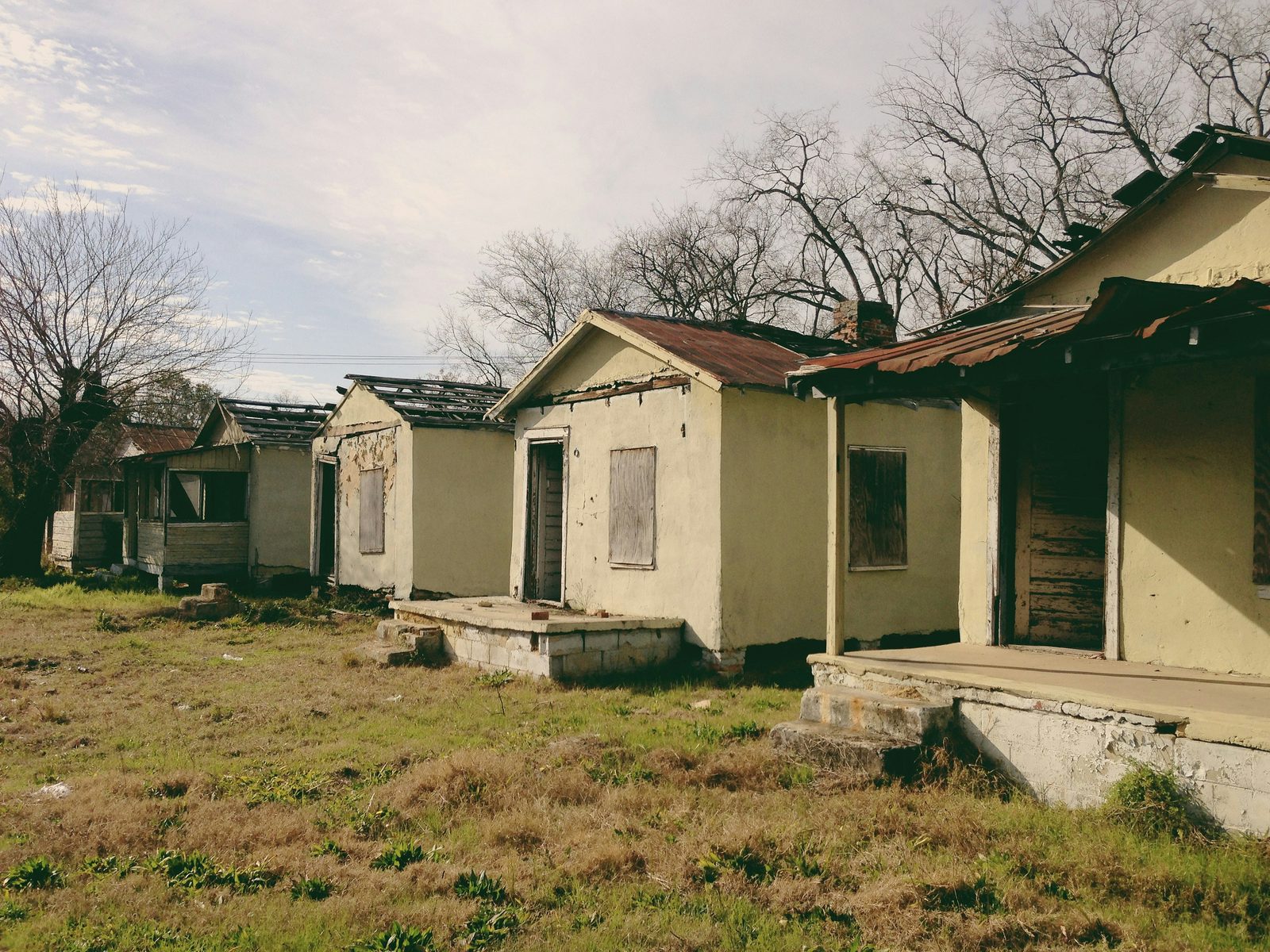Landscape photographer M. Wriston is for our avid followers not an unfamiliar face. In the 2011 interview From Baltimore to Salinas he shared his America with us. He told us about his urge to explore the terrifying but beautiful bayous and swamps of the deep south. Untuck your shirt, hear the mosquitoes and meet the hospitable southern soil.

My work is deeply inspired by the New Topographics Photography Movement. It’s been a style of photography that has appealed to me for some time — the relationship between society and the world, the man-made and the natural is such a commonplace one, but we kind of take it for granted. I like approaching our modern world with a sort of natural sensibility, to show how the suburban and urban landscapes, our social landscapes, are a part of the natural world.

My various travels across the States have taken me all over the South, and it’s always been a part of the country that I’ve found mysterious, enchanting, historic, and yet simple in a way. I had the opportunity to stay in Georgia and South Carolina for a short time while on a business trip, and took advantage of the opportunity to get out and take some photos.
“Southern hospitality is a real thing, and everyone I met was accommodating, kind, and interested.”
I had been particularly inspired by the very sublime photography of Cait Kovac, a very talented young woman currently working out of Atlanta. She showed me her take on her city, and then we explored some of the religious landscape of the Georgia countryside. For me, it was a dream come true getting to delve into the different Southern social landscapes: poverty, affluence, abandon, renewal, and the overarching strange Southern Gothic-ness of it all.

On that trip through the South, I shot with an iPhone primarily. It was sort of unplanned, but it was the camera I had with me through much of the trip, and after a few days, I found myself instinctively reaching for it over the Olympus PEN I had brought with me. It was quick, easy, and got the job done, and gave me a lot of flexibility in a bunch of different environments. Plus, no one really took me seriously when I was taking photos with my phone’s camera. Sometimes, that level of invisibility is a good thing.

That trip through the South inspired me to shoot more with my phone. I had previously thought of it just as a gimmick, or a convenient way to share one-off photos with family. Working with its limitations was pretty inspiring, and forced me to look at subjects in a different way. I recently used my phone on a road trip through the Pacific Northwest, and shifted gears from social settings to straight landscapes, and found it a very versatile little camera. That’s the beauty of camera phones: they’re democratizing photography in a way that’s more profound than ever before, and enabling people to share their visions with whatever audience is willing to look. Whether it’s plates of food on Instagram or shotgun shacks in the forgotten outskirts of a Southern city, the camera phone is rising to the forefront of photographic storytelling.

As for obstacles, I never really faced any. Southern hospitality is a real thing, and everyone I met was accommodating, kind, and interested. The only “encounter” I can remember is when a few friends and I took a wrong turn into the Irish Traveler village near Aiken, South Carolina. We got some angry shouts and golf clubs waved at us and some young men in Ford F-150s chased us out. They lead a pretty isolated, exclusive lifestyle, and they probably didn’t appreciate some strangers driving through their neighborhoods. We were more than happy to get out of there, though.
